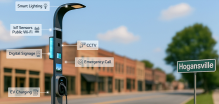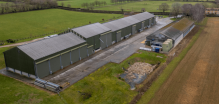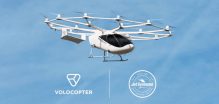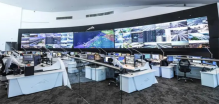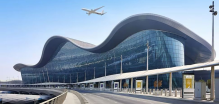The three companies have been performing trials of the new, high-performance technology for the past year on the A9 freeway in Bavaria, Germany, using a pre-standard 5G network. The real-time integration of C-V2X with ACC driver assistance system will deliver more efficient and safer driving.
Known as C-V2X (vehicle to everything), the technology makes it possible for a car to communicate with other vehicles and its surroundings using mobile connectivity. C-V2X is a real-time alert system that connects cars and gives them early alerts when another vehicle is changing lanes on the freeway or suddenly brakes. When integrated with ACC as in the tests performed, the technology not only warns the driver, but also automatically accelerates or brakes in response.
The new mobile technology system paves the way for automated driving. Achieving the goal of fully connected traffic will involve teaching vehicles to communicate with each other and exchange data directly. Direct communication between vehicles provides information about what is happening in parts of an intersection not visible to the driver, over the crest of a hill, or on the freeway beside or behind the driver's own car.
In addition, the technology will increase energy efficiency and reduce emissions. Overall, traffic becomes smoother and more efficient. Thanks to the foresight provided by the technology, vehicles can go with the flow.
